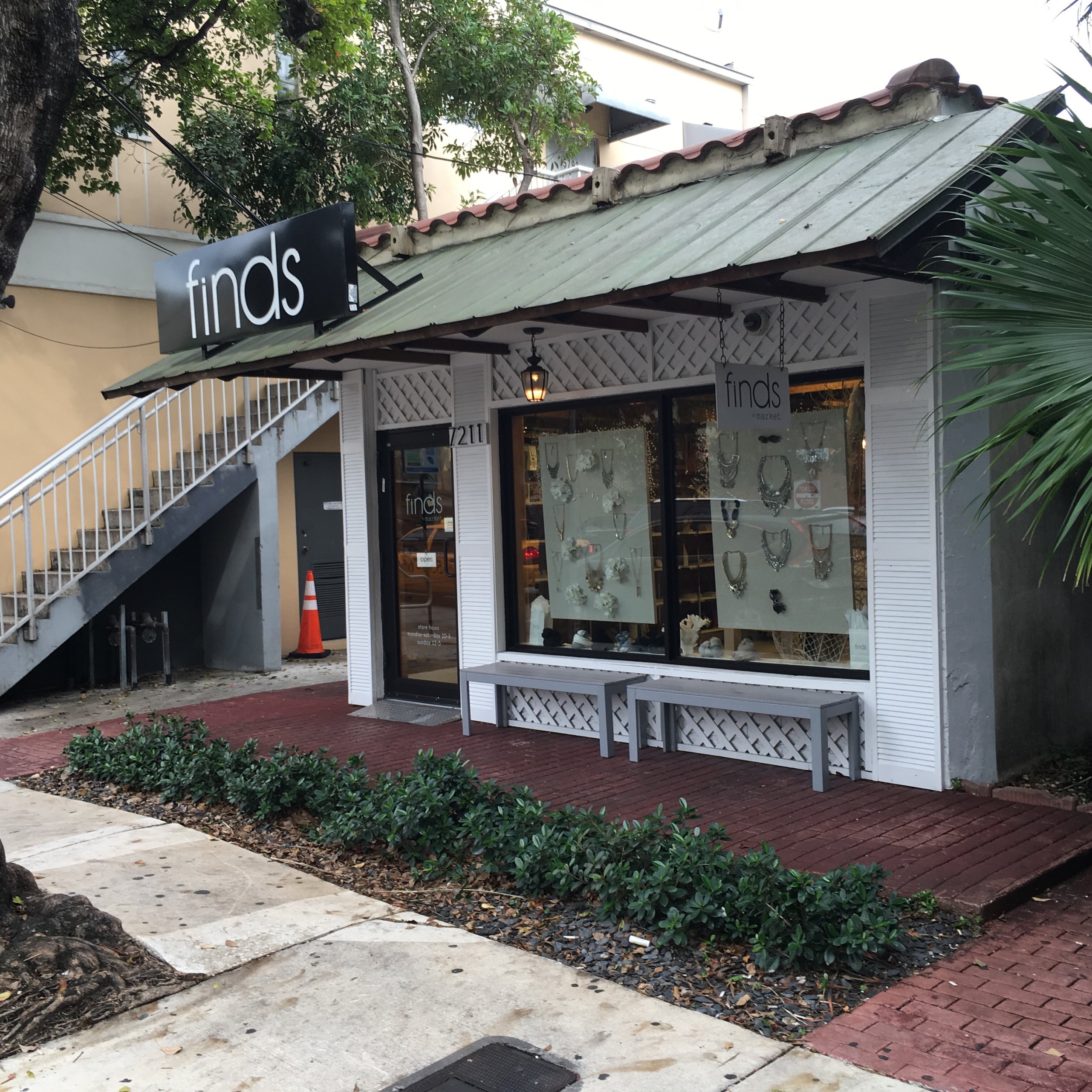You raise a lot of good points and express concerns which I have also heard from other folks looking to get started in incremental development. We should probably talk about this by phone or video chat when you have an opportunity. Some responses;
The most satisfying projects deliver on several levels
- They post good financial returns that justify the risk of construction and leasing.
- The process of getting the the building built or renovated builds relationships of trust among your team making it possible to take on another effort with greater confidence. I think that working with people you genuinely like and respect, seeing them grow and develop new capabilities is very rewarding.
- A good project contributes to the social and economic flywheel of the neighborhood. The best projects have lots of synergy that benefits other people. A restaurant opening across the street from a coffee place strengthens both enterprises and makes that block a good place for someone to want to open their new office. Building projects that create local wealth and local jobs within a neighborhood protects the long term value of your own buildings in that setting.
Farming
I think it is critical to have a geographic focus for incremental development. Monte and I talk a lot about "farming"--identifying specific areas and getting to know them well. That investment of focused time and attention reduces your risk, because you can know the place well enough to understand where catalytic efforts will have the impact needed. Have you picked an area or neighborhood where you would want to concentrate your efforts?
New Construction vs. Renovation for a first project
I started out in the trades as a carpenter and later, an electrician. So, I tend to think it is always better for folks who want to understand the nuts and bolts of development and property management to start with a piece of new construction, rather than an ambitious renovation. That first construction project should also be of modest scale. Small scale helps you limit your risk and focus your learning. You are not looking for economies of scale on your first building experience, you are looking for an opportunity to learn the basics and connect the pieces so that you can communicate effectively with your team. Once you get a handle on the fundamentals and mechanics, you move to more subtle stuff like refining the design to make construction and maintenance easier, or to making the units more pleasant for your tenants. Renovation and new construction both have risks, and tradeoffs that you need to identify from the start and manage through the process. (I just think the risks and tradeoffs of new construction are more straightforward).
Affecting people's lives
If we think about the resources we have; capital, skills, determination, and vision as things that we have stewardship over, understanding how we manage them in ways that affect the lives of people in the neighborhood should guide what we do and how we do it. Building a culture within the team that looks outward is really important in my view. Conventional development practices applied to existing neighborhoods tend to displace people who have limited choices and opportunities, so we need to have different strategies grounded in the principle of increasing choices and opportunities for local folks. I really appreciate the way that Monte Anderson finds the local entrepreneur tenants and puts them on a track to eventually buy their own building, so they are not displaced by Starbucks or some national tenant down the line. The local entrepreneur gets to build local wealth which stays in the community. That's better for everybody. The current shortage of skilled construction labor presents a problem and an opportunity for an incremental developer working in an underprivileged neighborhood. A small developer can generate steady work for the trades. That steady work can become the platform for training local folks in the trades, with the goal of helping them sort out the logistics of having their own contracting enterprises and eventually owning their own buildings. There are more opportunities in these neighborhoods than there is capacity to meet them, so the wise strategy would be to build a local trade base to add to that capacity.
Acquiring and sharpening tools
I understand that you have capital you want to put to work soon. Rather than look for deals right now, I encourage you to sharpen your tools and build your skill set for a while. Maybe set a target of getting into a project by the end of 2016. One potential way for you to get up to speed on the tools and techniques that will help you as you look at opportunities for incremental development is to come to a boot camp. The concentrated format of two and a half days gives you a lot of information in a short period of time and getting to know other folks at various stages of doing this kind of work will help you build a network of people you can reach out to for counsel when things get tough. You will find the the network of small developers has a culture where nobody wants to see their colleagues repeat their learning curve. There is a lot of lateral support among the crew. They are generally looking for a chance to pay it forward. We are scheduling at least one event a month through most of 2016. Keep an eye on the
Incremental Development Alliance website for new dates as events get confirmed.




